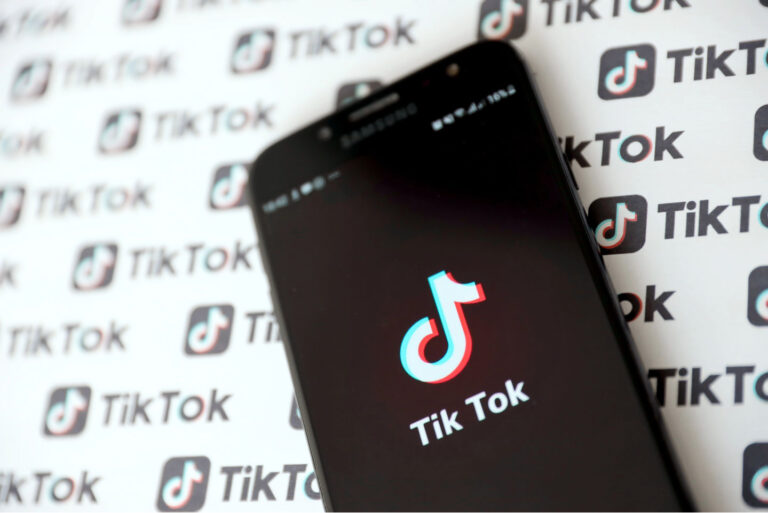Faced with a scenario marked by increasingly complex and frequent digital threats ransomware, phishing, DDoS attacks, advanced malware and social engineering & O, cybersecurity is no longer an exclusively preventive or reactive measure to assume a central role in business continuity. Aware of this reality, Positivo S+ strengthens its offer in the segment with Cybersecurity Management, a robust and scalable digital protection solution, capable of responding with agility and intelligence to the most demanding demands of the market.
The structure of SOC (Security Operation Center) of Positivo S+ goes beyond simple detection. Through artificial intelligence, it acts with proactive isolation of threats yet unknown, real-time correlation of events, fluid integration with traditional security tools, automated response, constant risk assessments and continuous monitoring 24×7. All this with minimal impact on productivity and high compatibility with existing infrastructures (whether local, hybrid or cloud.
“Today, cybersecurity is no longer a differential to become a strategic pillar, essential to continuity and trust in operations. Our mission at Positivo S+ is to protect the present and prepare companies for the digital future, with affordable, effective and constantly evolving solutions”, says Carlos Mauricio Ferreira, CEO of Positivo S+
“Today, cybersecurity is no longer a differential to become a strategic pillar, essential to continuity and trust in operations. Our mission at Positivo S+ is to protect the present and prepare companies for the digital future, with affordable, effective and constantly evolving solutions”, says Carlos Mauricio Ferreira, CEO of Positivo S+
“The implementation is done in a structured and personalized way, with full environmental diagnosis, remote or local installation, integration with legacy systems and training of users and teams. The solution also adapts to different technological structures and has continuous support, automatic updates and dynamic adjustments as the evolution of” threats, explains Carlos Mauricio.
In addition to the technological structure, Positivo S+ constantly invests in research, development of artificial intelligence applied to security and technical training, ensuring that its solutions keep up with the rapid pace of digital threats. “A user education is also a priority for us. We promote educational actions, awareness and dissemination of good practices in digital security to create a culture of protection within organizations.”
By offering intelligent and adaptable protection, with fast response, continuous technical support and automated updates powered by AI, Positivo S+ consolidates itself as a strategic ally for companies seeking security without giving up innovation. In a scenario where a single attack can compromise the reputation, data and operations of a business, investing in cybersecurity is no longer a choice but a vital need.
More information about Positivo S+ solutions is available at official website of brand.












